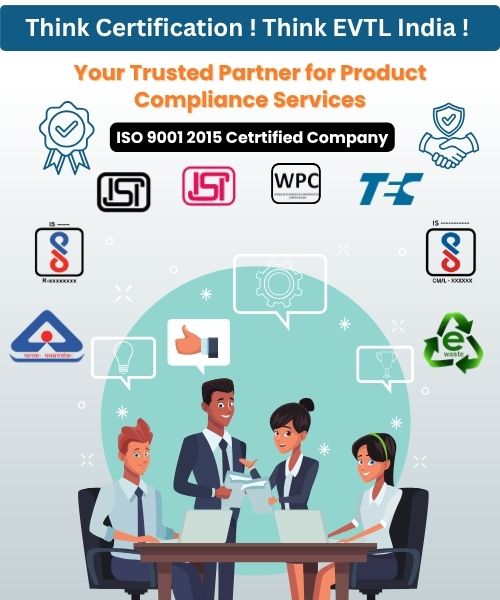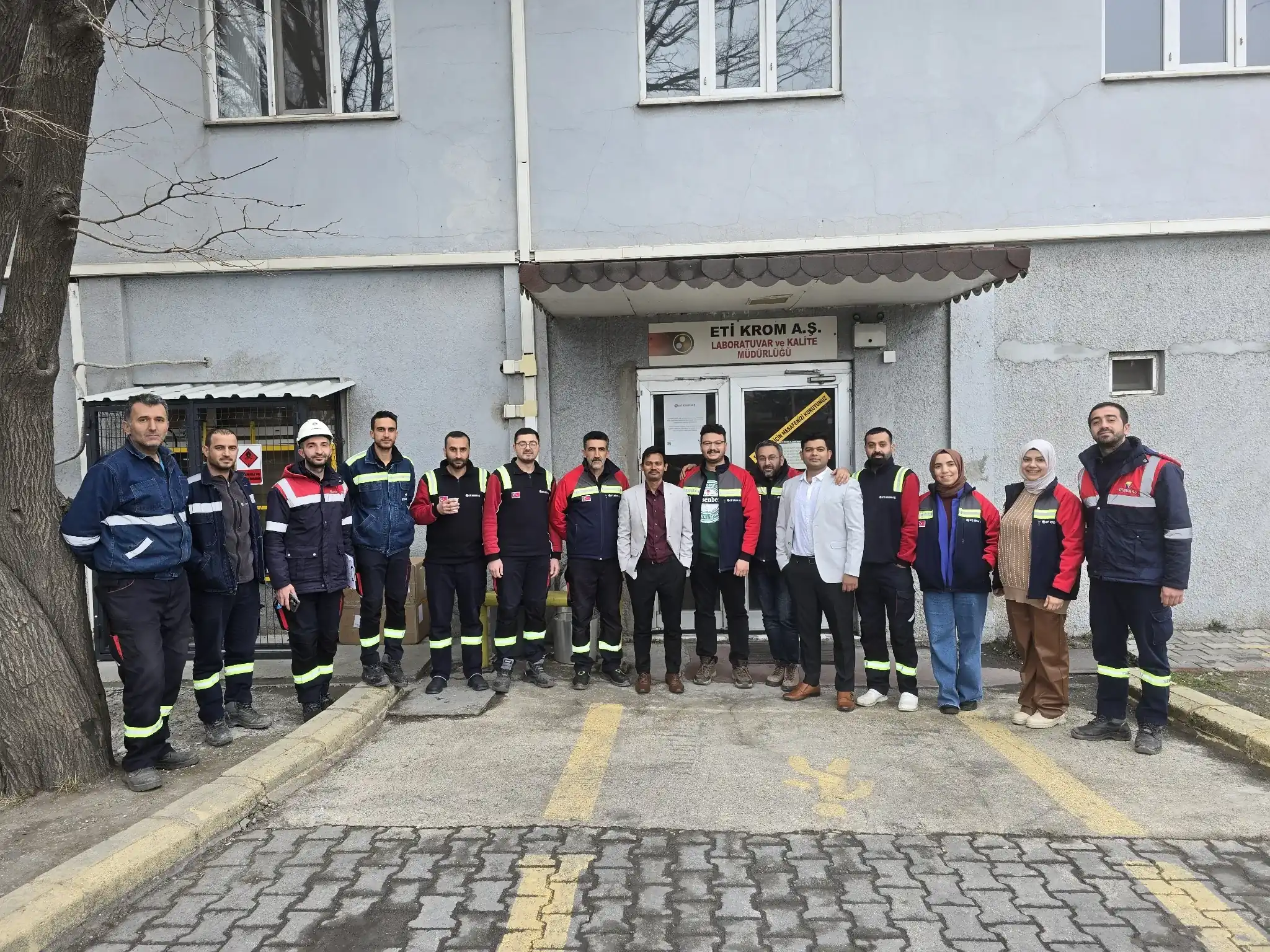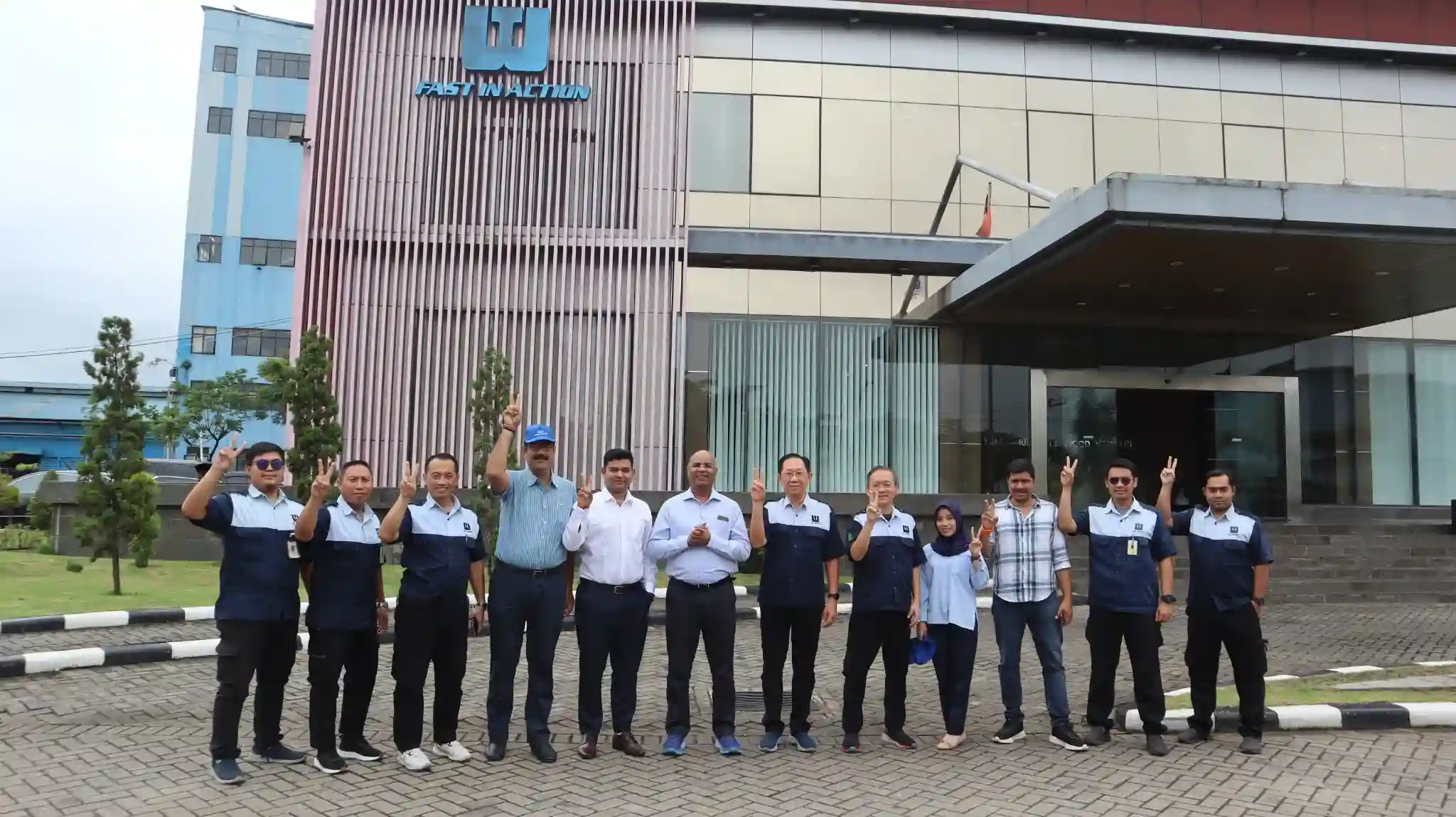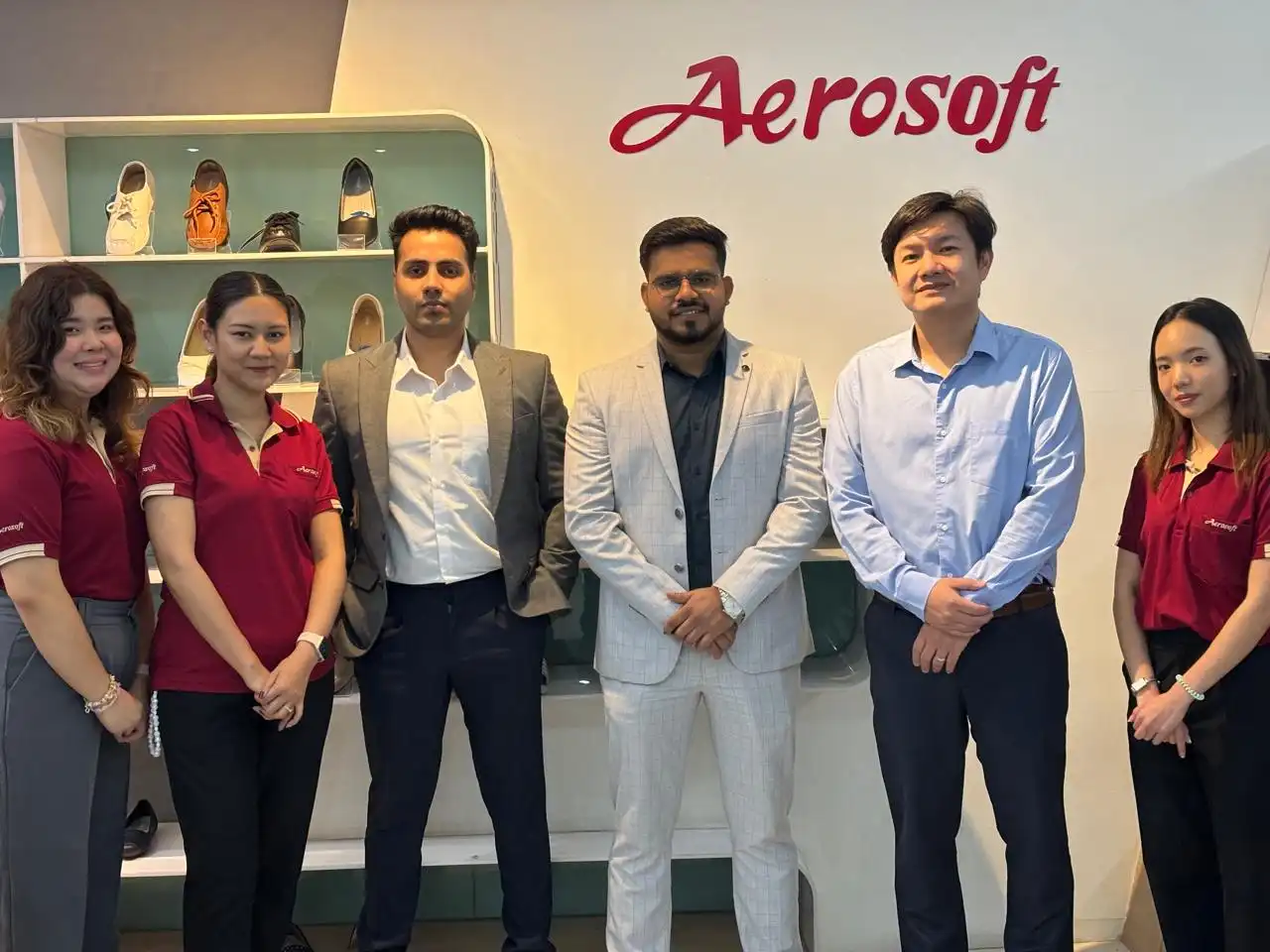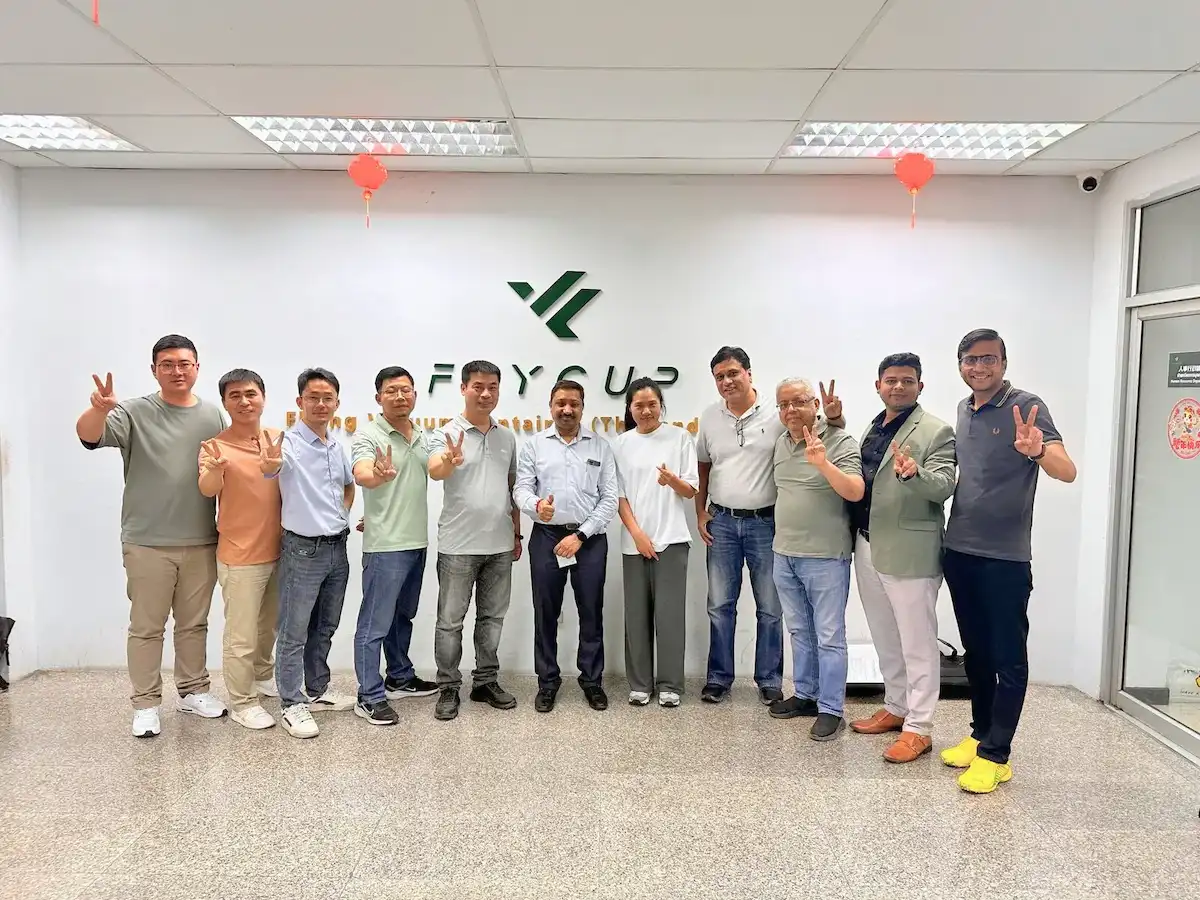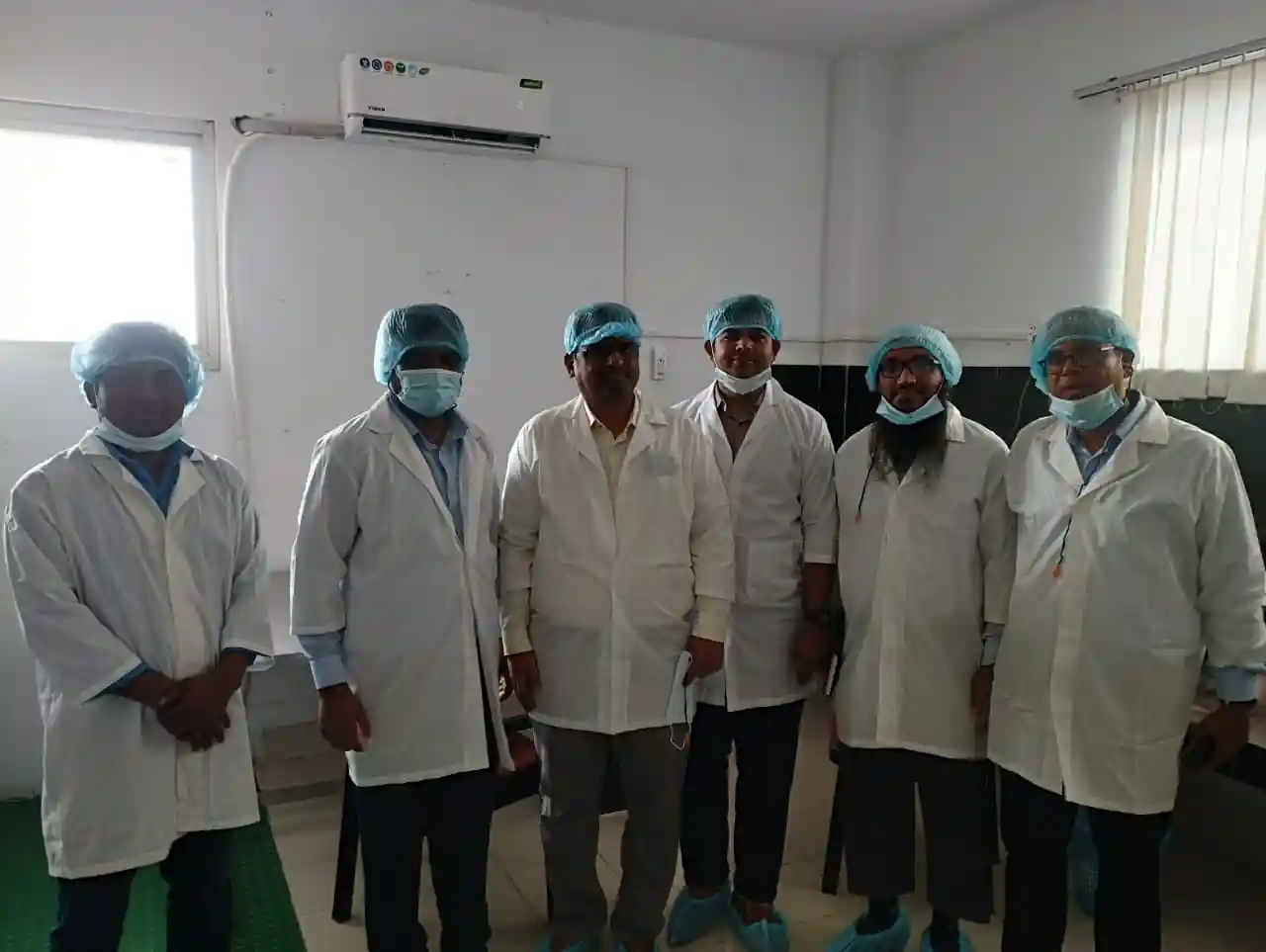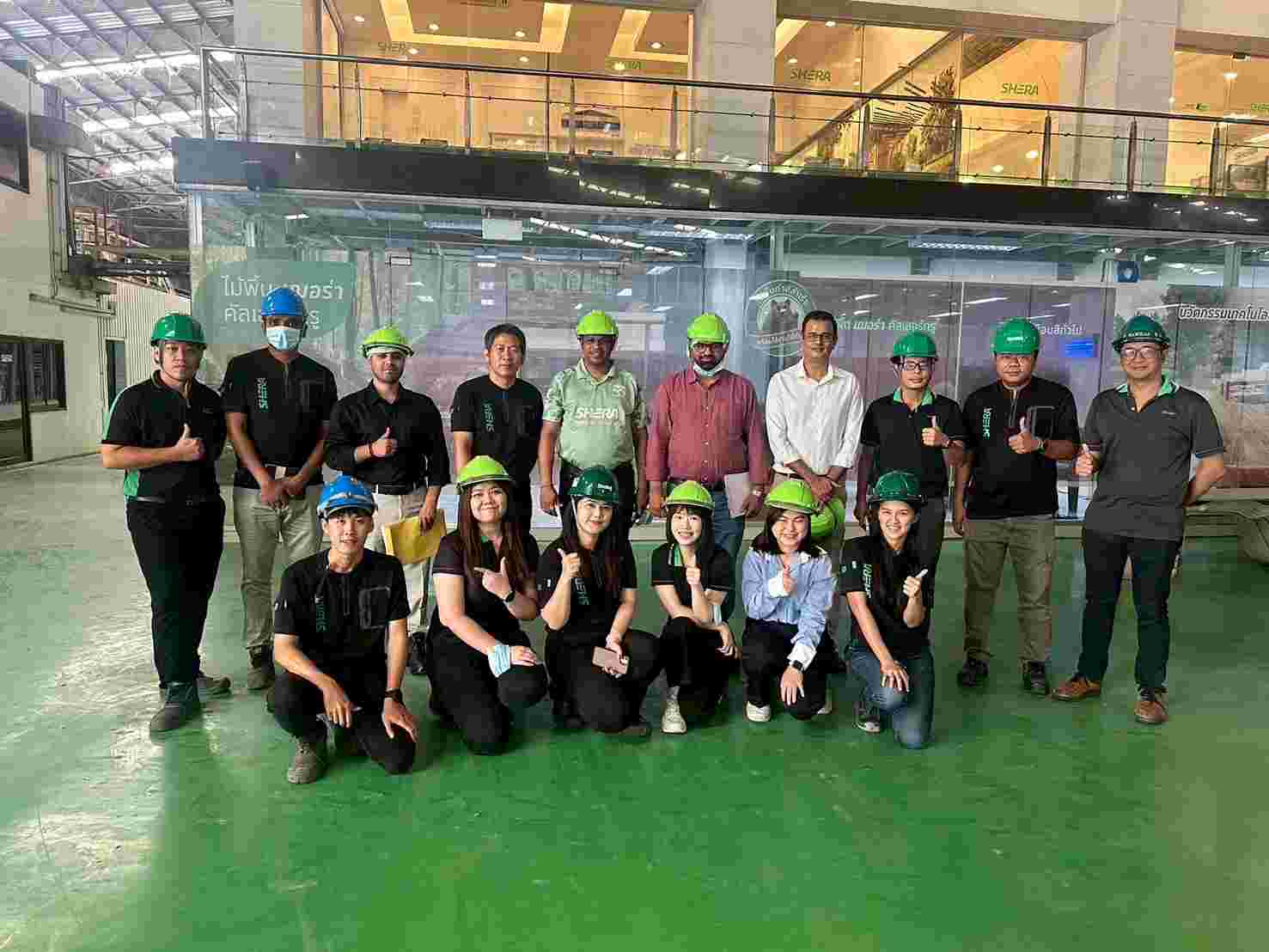Get A Quote
BIS Certification for Steel Wire For Banding Of Armatures And Rotors Part II Specific Requirements for magnetic banding wires IS 8510 (Part II): 1977
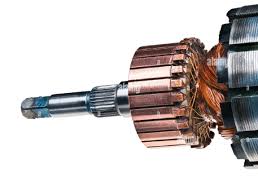
The BIS
Certification for Steel Wire for Banding of Armatures and Rotors Part II
Specific Requirements for Magnetic Banding Wires IS 8510 (Part II): 1977
guarantees product dependability, safety, and conformity with Indian quality
standards. This accreditation is essential for makers of magnetic banding wires
used in electrical rotating machinery.
It ensures that the wires fulfil the mechanical and magnetic performance requirements of the IS 8510 (Part II): 1977 standard. Obtaining BIS certification helps firms improve their reputation and achieve market clearance for their banding wire goods in India.
The Steel and Steel
Products (Quality Control) Order, 2024 requires BIS certification for steel
wire for banding armatures and rotors Part II Specific Requirements for
magnetic banding wires IS 8510 (Part II): 1977. This certification confirms
that the product satisfies the safety, durability, and quality criteria
required for electrical machinery. To lawfully commercialise these wires in
India, manufacturers must follow the prescribed requirements. BIS certification
builds confidence, improves product dependability, and corresponds with
government objectives for maintaining industrial safety and performance
standards in important applications.
Why is BIS certification necessary for Steel Wire For
Banding Of Armatures And Rotors Part II Specific Requirements for magnetic
banding wires IS 8510 (Part II): 1977?
BIS Certification
for Steel Wire for Banding of Armatures and Rotors Part II Specific
Requirements for Magnetic Banding Wires IS 8510 (Part II): 1977 is essential
for manufacturers to ensure regulatory compliance and product safety. These
wires are essential for the safe operation of electric motor components, and
adhering to BIS requirements ensures mechanical strength and dependability.
Certification certifies the product's adherence to Indian quality criteria,
lowers the possibility of faults, and increases credibility in both local and
foreign markets, making it an essential step in responsible production.
Overview of Indian
Standard IS 8510 (Part II): 1977
IS 8510 (Part II):
1977 specifies the standards for magnetic banding wires in armatures and
rotors. It establishes requirements for features such as tensile strength,
ductility, magnetic properties, and surface polish in order to assure safe and
efficient performance in electrical machinery. The standard assures consistent
quality and compatibility with technical applications. BIS Certification for
Steel Wire for Banding of Armatures and Rotors Part II Specific Requirements
for Magnetic Banding Wires IS 8510 (Part II): 1977 is crucial for manufacturers
to achieve regulatory compliance, safety, and quality norms.
Process for BIS Certification
The BIS certification process for Steel Wire For Banding Of
Armatures And Rotors Part II Specific Requirements for magnetic banding wires
IS 8510 (Part II): 1977 and involves multiple steps designed to thoroughly
evaluate a product's compliance with the required standards. Here is a general
overview of the certification process:
1. Application Submission:
Manufacturers must submit an application form along with the required
documentation to BIS.
2. Documentation Review: BIS
reviews the submitted documents to ensure completeness and correctness.
3. Factory Inspection: BIS
officials conduct an on-site inspection of the manufacturing facility to assess
the production process and quality control measures.
4. Sample Testing: Product samples
are taken and tested in BIS-approved laboratories to verify compliance with
Indian standards.
5. Certification Grant: Upon
successful completion of the inspection and testing, BIS grants certification,
allowing the manufacturer to use the BIS mark on their products.
Documents Required for BIS Certification
To apply for BIS certification, manufacturers need to submit the following documents:
● Application form
● Manufacturing process details
● Quality control plan
● Test reports from BIS-approved laboratories
● Factory layout and equipment details
● Proof of business registration
● Product specifications and technical details
● Declaration of conformity to Indian standards
Additionally, manufacturers may be required to provide proof of compliance with environmental and safety regulations, depending on the specific type of product being certified.
BIS ISI Mark Certification Costing And Timeline
To Know The Process in Detail, Please Visit:
Under BIS Registration Products ISI and CRS
Conclusion
In conclusion,
obtaining the BIS Certification for Steel Wire For Banding Of Armatures And
Rotors Part II Specific Requirements for magnetic banding wires IS 8510 (Part
II): 1977 is essential for manufacturers aiming to ensure product quality,
safety, and compliance with Indian standards. This certification serves as a
mark of trust and reliability in the electrical and mechanical components
sector. At EVT, we specialize in guiding businesses through the complete BIS
certification process, ensuring a seamless and efficient experience. Our
professional staff is well-versed in the precise technical and regulatory requirements
of IS 8510 (Part II):1977, allowing us to give tailored assistance at all
stages. By obtaining this certification, producers not only increase market
reputation, but also open up new avenues for product adoption both locally and
worldwide. Choose EVT to ease your compliance process and ensure product
excellence with correct BIS certification.
Free Call Back
Latest News & Update
📅 BIS Critical Component List (CCL) Updates for Solar PV Modules
🕒 BIS Fee Concessions for MSMEs and Startups | EVTL India
📅 Guidelines for Implementation of Essential Requirements for Security of CCTV
🕒 Omnibus Technical Regulation (OTR) Amendment Order, 2025
🕒 Extension of Timeline for Filing Annual Returns by Battery Producers
📅 Extension of Timeline for Filing Quarterly and Annual Returns for E-Waste
🕒 Extension of Concurrent Running Period for IS 302-1: 2008 and IS 302 (Part 1): 2024
🕒 BIS Guidelines for Grant of Licence (GoL) | EVTL India
📅 CPCB Guidance on filing of Application, Fees and more
🕒 CPCB Notification on Labelling of Plastic Packaging
📅 Mandatory Compliance for Input Materials of Steel and Steel Products for Imports
🕒 BIS Guidelines for Scheme-X Certification for OTR-Regulated Products
📅 BIS Upgrades Product Certification License Numbers to 10-Digit Series
🕒 BIS Certification No Longer Mandatory for 14 Chemical & Polymer Categories
Why Choose EVTL INDIA
Expertise in Indian Regulatory Standards
End-to-End Support
Trusted by Top Indian & Global Brands
Fast Processing & Transparent Pricing
Strong Liaison with Indian Authorities
Company Profile